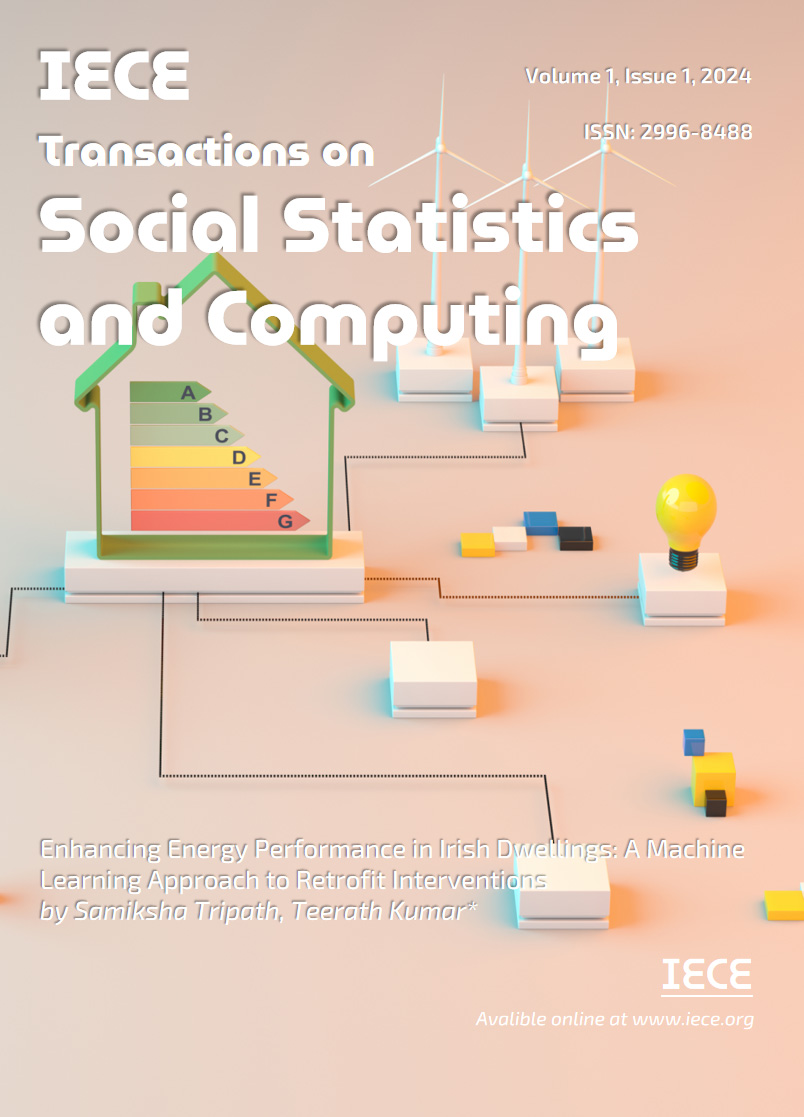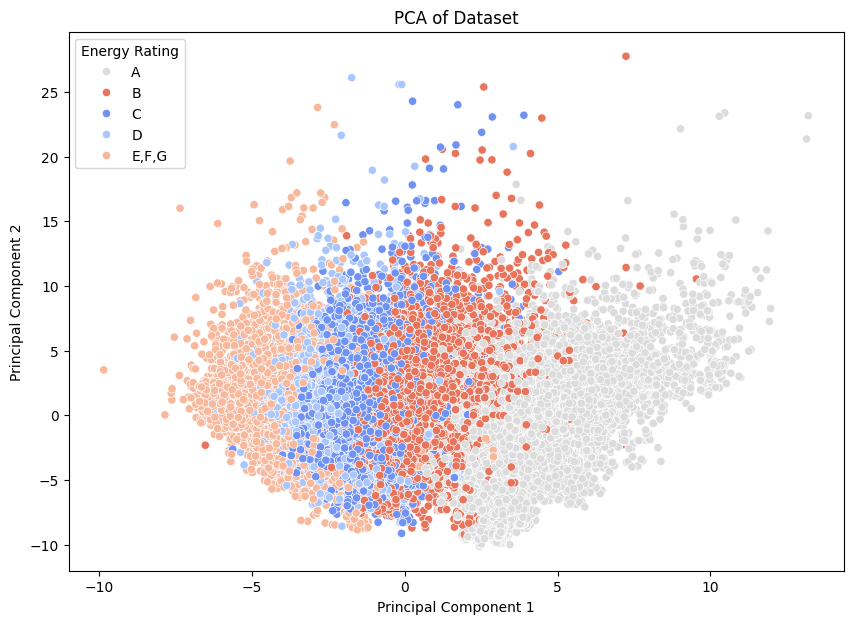IECE Transactions on Social Statistics and Computing
ISSN: 2996-8488 (Online)
Email: [email protected]


 Submit Manuscript
Edit a Special Issue
Submit Manuscript
Edit a Special Issue

[1] Kumar, T., Brennan, R., & Bendechache, M. (2022, January). Stride Random Erasing Augmentation. In CS & IT Conference Proceedings (Vol. 12, No. 2).
[2] Kumar, T., Mileo, A., Brennan, R., & Bendechache, M. (2023). RSMDA: Random Slices Mixing Data Augmentation. Applied Sciences, 13(3), 1711.
[3] Kumar, T., Turab, M., Talpur, S., Brennan, R., & Bendechache, M. (2022). Forged character detection datasets: passports, driving licences and visa stickers. Int. J. Artif. Intell. Appl.(IJAIA), 13, 21-35.
[4] Roy, A. M., Bhaduri, J., Kumar, T., & Raj, K. (2022). A computer vision-based object localization model for endangered wildlife detection. Ecological Economics, Forthcoming.
[5] Ranjbarzadeh, R., Jafarzadeh Ghoushchi, S., Tataei Sarshar, N., Tirkolaee, E. B., Ali, S. S., Kumar, T., & Bendechache, M. (2023). ME-CCNN: Multi-encoded images and a cascade convolutional neural network for breast tumor segmentation and recognition. Artificial Intelligence Review, 56(9), 10099-10136.
[6] Aleem, S., Kumar, T., Little, S., Bendechache, M., Brennan, R., & McGuinness, K. (2022). Random data augmentation based enhancement: a generalized enhancement approach for medical datasets. arXiv preprint arXiv:2210.00824.
[7] Kumar, T., Park, J., Ali, M. S., Uddin, A. F. M., & Bae, S. H. (2021). Class specific autoencoders enhance sample diversity. Journal Of Broadcast Engineering, 26(7), 844-854.
[8] Kumar, T., Brennan, R., Mileo, A., & Bendechache, M. (2024). Image data augmentation approaches: A comprehensive survey and future directions. IEEE Access.
[9] Turab, M., Kumar, T., Bendechache, M., & Saber, T. (2022). Investigating multi-feature selection and ensembling for audio classification. arXiv preprint arXiv:2206.07511.
[10] Raj, K., Singh, A., Mandal, A., Kumar, T., & Roy, A. M. (2023). Understanding EEG signals for subject-wise definition of armoni activities. arXiv preprint arXiv:2301.00948.
[11] Kumar, T., Park, J., Ali, M. S., Uddin, A. S., Ko, J. H., & Bae, S. H. (2021). Binary-classifiers-enabled filters for semi-supervised learning. IEEE Access, 9, 167663-167673.
[12] Kumar, T., Turab, M., Mileo, A., Bendechache, M., & Saber, T. (2023). AudRandAug: Random Image Augmentations for Audio Classification. arXiv preprint arXiv:2309.04762.
[13] Chandio, A., Shen, Y., Bendechache, M., Inayat, I., & Kumar, T. (2021). AUDD: audio Urdu digits dataset for automatic audio Urdu digit recognition. Applied Sciences, 11(19), 8842.
[14] Park, J., Kumar, T., & Bae, S. H. (2020). Search of an optimal sound augmentation policy for environmental sound classification with deep neural networks. In Proceedings Of The Korean Society Of Broadcast Engineers Conference (pp. 18-21). The Korean Institute of Broadcast and Media Engineers.
[15] Kumar, T., Park, J., & Bae, S. H. (2020). Intra-Class Random Erasing (ICRE) augmentation for audio classification. In Proceedings Of The Korean Society Of Broadcast Engineers Conference (pp. 244-247). The Korean Institute of Broadcast and Media Engineers.
[16] Borràs, I. M., Neves, D., & Gomes, R. (2023). Using urban building energy modeling data to assess energy communities’ potential. Energy and Buildings, 282, 112791.
[17] Nutkiewicz, A., Yang, Z., & Jain, R. K. (2017). Data-driven Urban Energy Simulation (DUE-S): Integrating machine learning into an urban building energy simulation workflow. Energy Procedia, 142, 2114-2119.
[18] Min, J., Yan, G., Abed, A. M., Elattar, S., Khadimallah, M. A., Jan, A., & Ali, H. E. (2022). The effect of carbon dioxide emissions on the building energy efficiency. Fuel, 326, 124842.
[19] Ali, U., Bano, S., Shamsi, M. H., Sood, D., Hoare, C., Zuo, W., ... & O’Donnell, J. (2024). Urban residential building stock synthetic datasets for building energy performance analysis. Data in Brief, 53, 110241.
[20] Ali, U., Bano, S., Shamsi, M. H., Sood, D., Hoare, C., Zuo, W., ... & O’Donnell, J. (2024). Urban building energy performance prediction and retrofit analysis using data-driven machine learning approach. Energy and Buildings, 303, 113768.
[21] Li, Y., Kubicki, S., Guerriero, A., & Rezgui, Y. (2019). Review of building energy performance certification schemes towards future improvement. Renewable and Sustainable Energy Reviews, 113, 109244.
[22] Wenninger, S., Kaymakci, C., & Wiethe, C. (2022). Explainable long-term building energy consumption prediction using QLattice. Applied Energy, 308, 118300.
[23] Ferrantelli, A., Belikov, J., Petlenkov, E., Thalfeldt, M., & Kurnitski, J. (2022). Evaluating the energy readiness of national building stocks through benchmarking. IEEE Access, 10, 45430-45443.
[24] Miller, C. (2019). What’s in the box?! Towards explainable machine learning applied to non-residential building smart meter classification. Energy and Buildings, 199, 523-536.
[25] Xiao, Q., Liu, D., & Credit, K. (2024). Model Failure or Data Corruption? Exploring Inconsistencies in Building Energy Ratings with Self-Supervised Contrastive Learning. arXiv preprint arXiv:2404.12399.
[26] Hyland, M., Lyons, R. C., & Lyons, S. (2013). The value of domestic building energy efficiency—evidence from Ireland. Energy economics, 40, 943-952.
[27] McGarry, K. (2023). What Impact is Occupancy Behavior having on the Energy Performance Gap of a cohort of A rated Dwellings?.
[28] Khayatian, F., & Sarto, L. (2016). Application of neural networks for evaluating energy performance certificates of residential buildings. Energy and Buildings, 125, 45-54.
[29] Zhang, Y., Teoh, B. K., Wu, M., Chen, J., & Zhang, L. (2023). Data-driven estimation of building energy consumption and GHG emissions using explainable artificial intelligence. Energy, 262, 125468.
[30] Seo, J., Kim, S., Lee, S., Jeong, H., Kim, T., & Kim, J. (2022). Data-driven approach to predicting the energy performance of residential buildings using minimal input data. Building and Environment, 214, 108911.
[31] Araújo, G. R., Gomes, R., Ferrão, P., & Gomes, M. G. (2024). Optimizing building retrofit through data analytics: A study of multi-objective optimization and surrogate models derived from energy performance certificates. Energy and Built Environment, 5(6), 889-899.
[32] Saravanan, R., Swaminathan, A., & Balaji, S. (2023). An intelligent shell game optimization based energy consumption analytics model for smart metering data. Scientific and Technical Journal of Information Technologies, Mechanics and Optics, 23(2), 374-381.
IECE Transactions on Social Statistics and Computing
ISSN: 2996-8488 (Online)
Email: [email protected]

Portico
All published articles are preserved here permanently:
https://www.portico.org/publishers/iece/